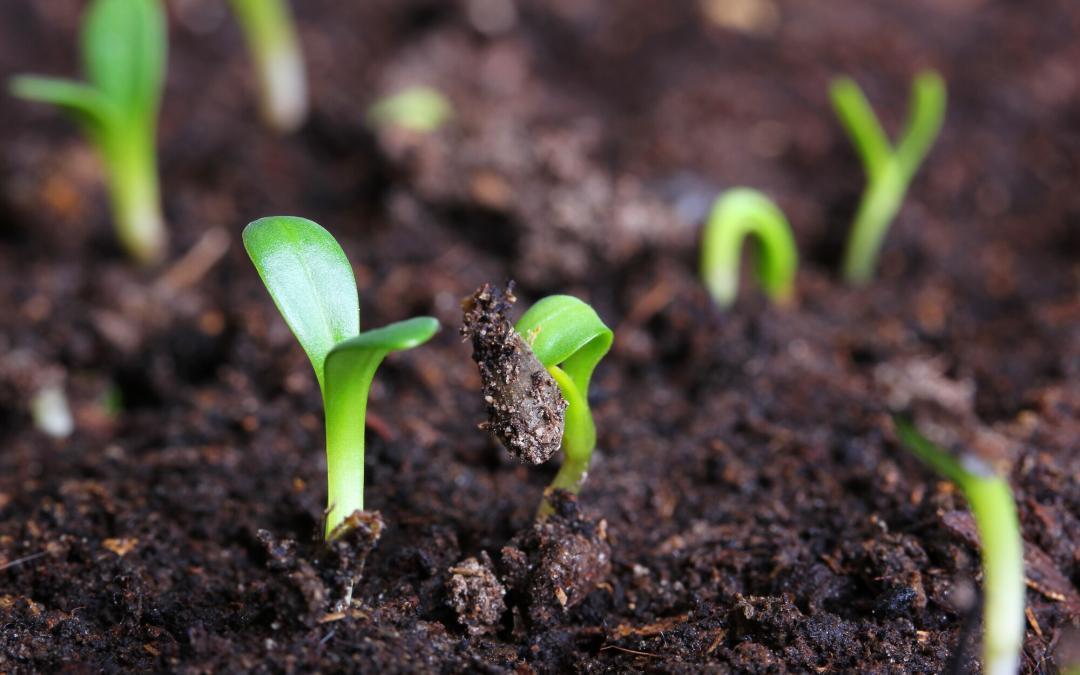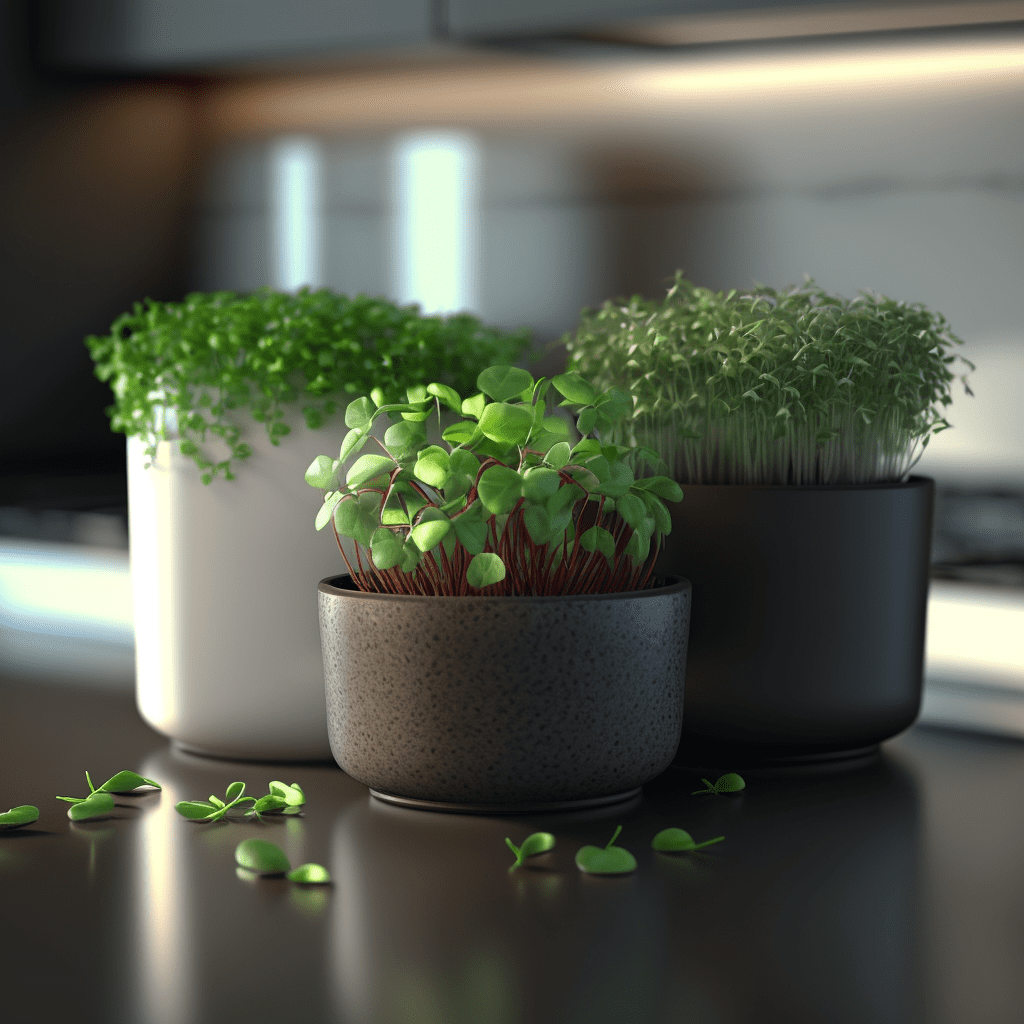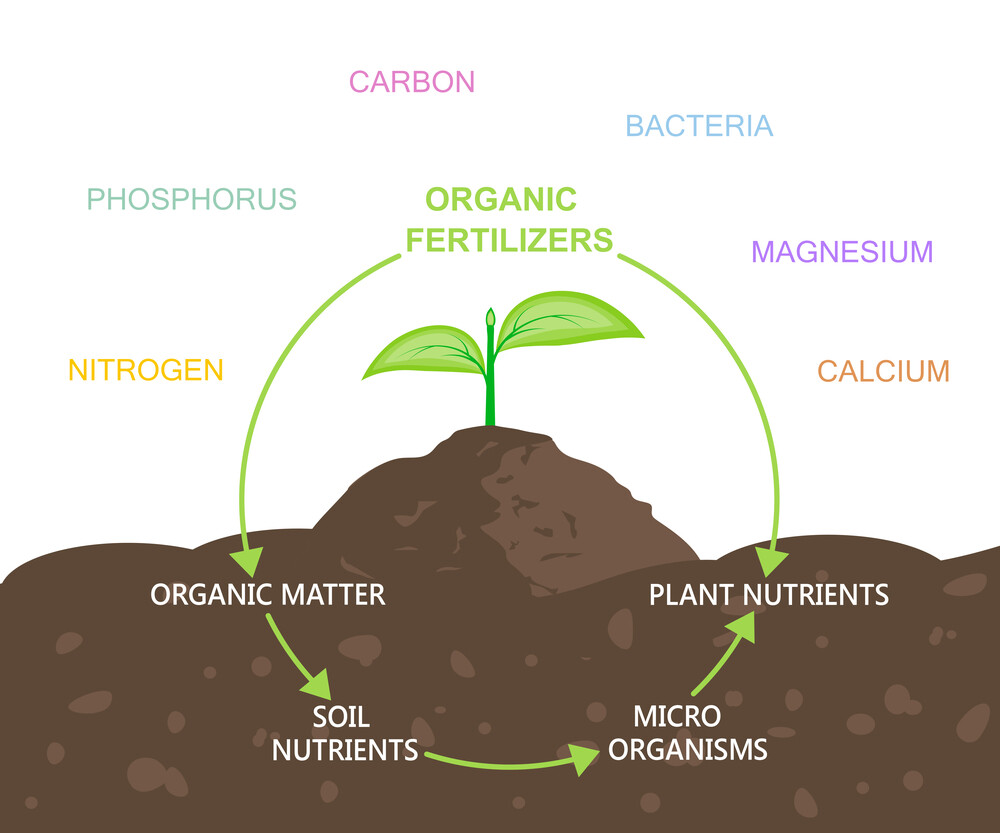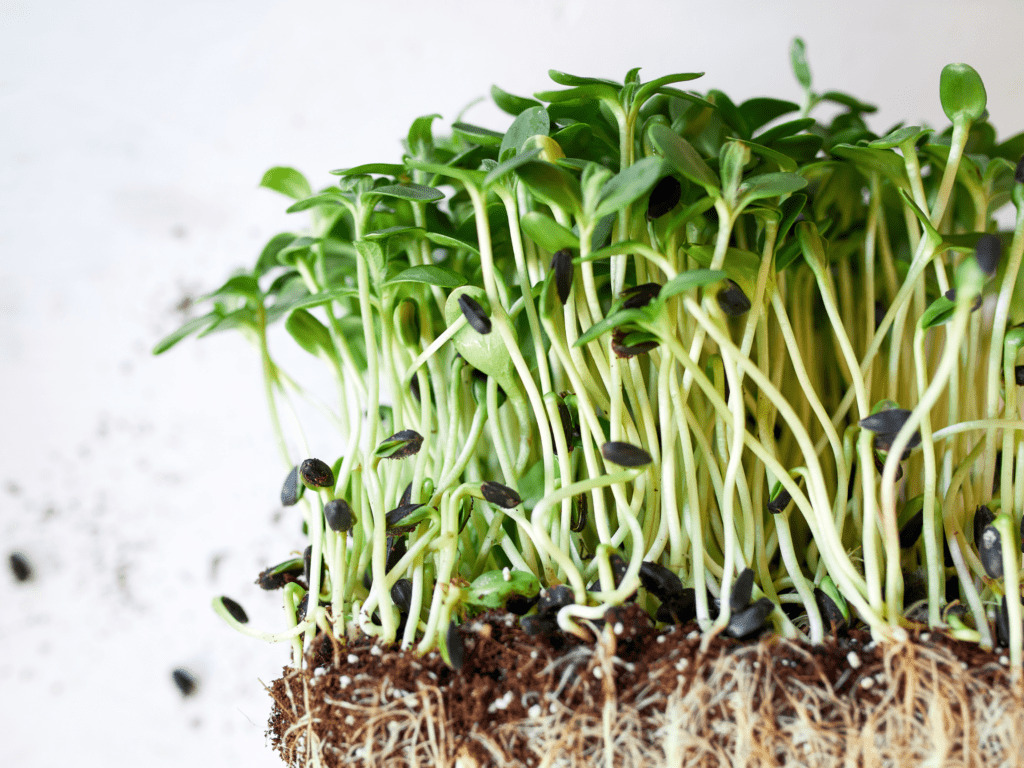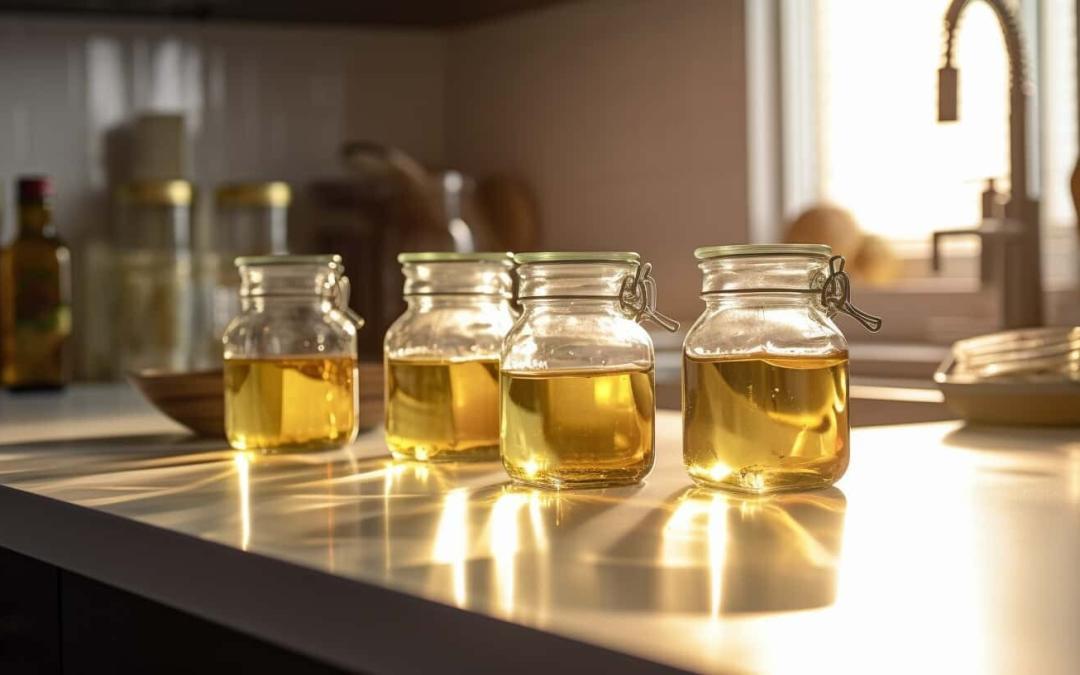
How To Make Cooking Oil At Home From Scratch
Learning how to make cooking oil from scratch involves selecting a base ingredient and using the cold-press or hot-press method to extract the oil.
For cold-pressing, you can grind the ingredients into a paste and use a machine or crush them and squeeze out the oil. For hot pressing, heat the base ingredient and extract the oil using a mechanical press.
Creating cooking oil at home is not just a culinary experiment, but a journey into understanding the essence of our daily meals. It’s all about using clean ingredients, understanding the basic steps, and trying out different oils to see what works best.
In this article, we’ll guide you through making your cooking oils using different ingredients found in the wild or stockpiled in your survival kit.
So let’s get started!
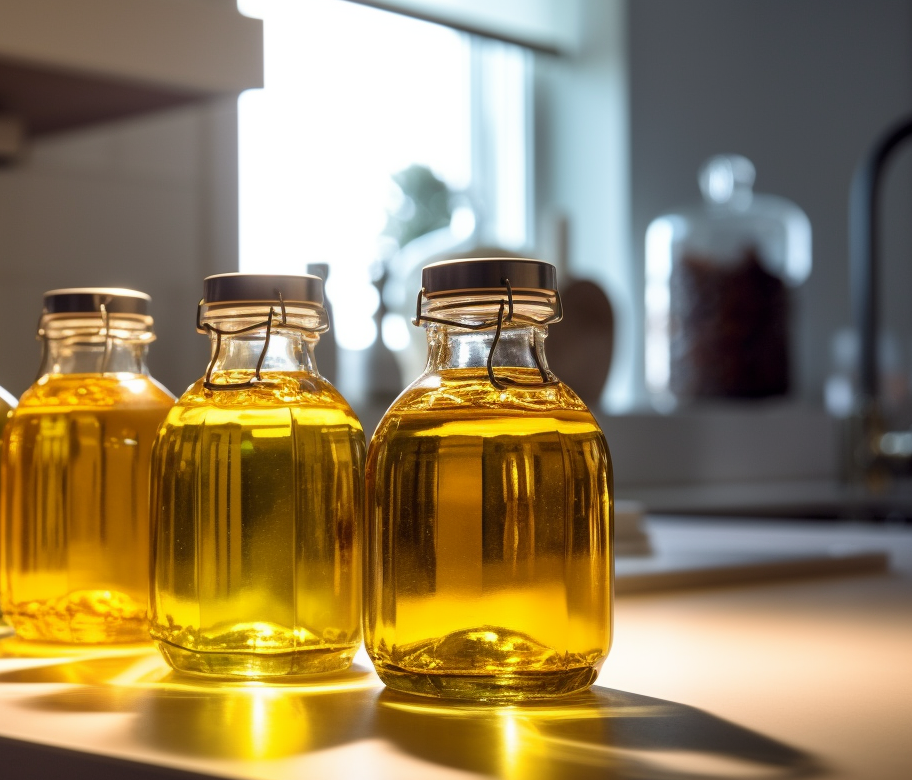
In This Guide

Why Make Your Own Cooking Oil?
Making your own oil gives you control over the ingredients and the skills to add to your survival tool belt. This means better flavor and no unexpected additives. Plus, during a disaster, store-bought oils may not be available so your only option is to make one yourself.
Cooking oils are basically fats that you use for frying, baking, and other culinary purposes. You can get them from plant-based sources like vegetables, nuts, and seeds.
Oil can be used beyond its primary use for cooking. For instance, you can use it as a lubricant for squeaky hinges or tools that need a bit of smoothing.
If you’re exposed to harsh weather, oil can help protect your skin from drying out. Some oils, especially ones like tea tree, have antiseptic properties, making them useful for minor wounds.
Oil can also be a fuel source. It can power up lamps or even be used to create a temporary torch. And if communication is vital, oil can leave a mark or signal for help.
So next time you glance at that bottle, remember it’s more than just a cooking ingredient.

Common Types of Cooking Oils
From the robust flavors of olive oil to the high-heat capabilities of avocado oil, each type serves a unique culinary and nutritional purpose. Here are the common types of cooking oils:
Vegetable Oils
Derived primarily from plants, vegetable oils are versatile and commonly used in cooking. They provide an essential base for many dishes and are known for their light flavors.
They can come from different plant-based sources, including soybeans, corn, palm, olive, canola, and sunflowers.
Nut Oils
Nut oils often have richer flavors that bring an exotic touch to the table. Extracted from the heart of various nuts, such as almonds, hazelnuts, and walnuts, they not only enhance culinary dishes but also offer unique health benefits.
Here’s a list of some common nuts and seeds and their average oil content:
20 Percent Oil Content:
- Tung nuts
30 Percent Oil Content:
- Cottonseed
- Safflower seed (can range up to 50 percent)’
- Black oil sunflower (can range up to 55 percent)
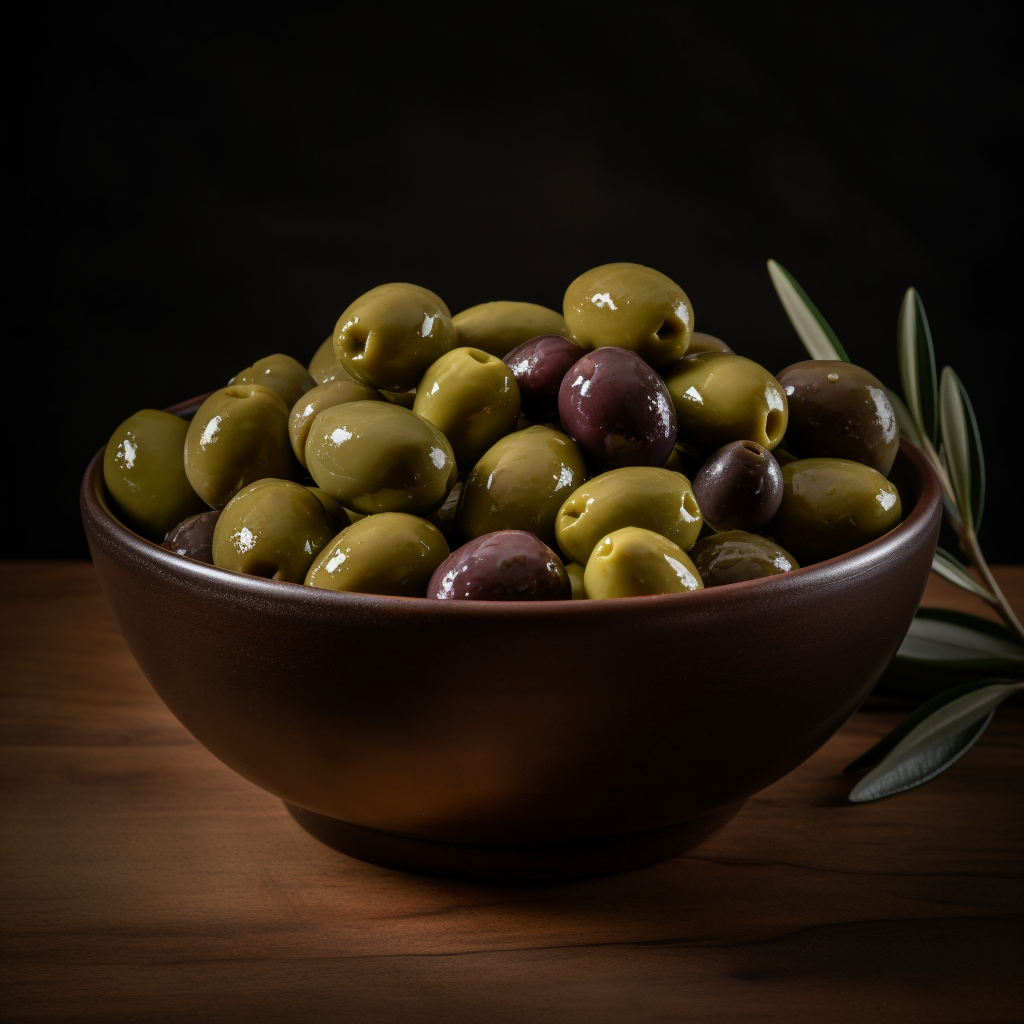
40 Percent Oil Content:
- Linseed
- Olive
- Rapeseed (used to produce canola oil)
- Pumpkin (can range up to 60 percent)
50 Percent Oil Content:
- Almond
- Peanut
- Poppy seed
- Sesame seed
The provided list offers a general overview, but it’s important to note that the oil content in seeds and nuts can vary due to factors like growing conditions, variety, and extraction methods.
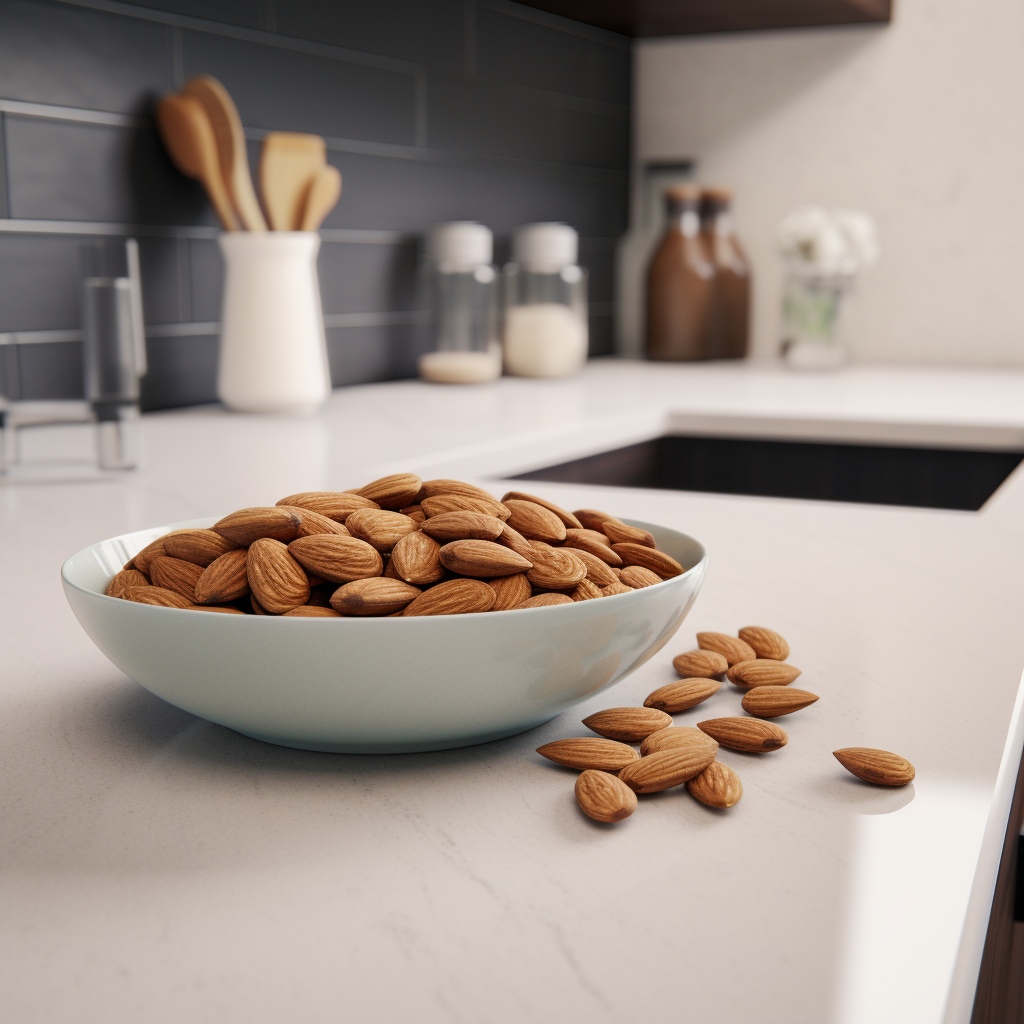
Seed Oils
Ranging from sunflower to sesame, seed oils have been in culinary use for centuries, praised for their delicate taste and nutritional content.
They are derived from various types of seeds, such as flaxseeds, pumpkin seeds, and sesame seeds. These oils are rich in omega-3 fatty acids, which are essential for maintaining good heart health.
Two Methods on How To Make Oil At Home: Cold-Pressing vs. Hot-Pressing
While there are multiple ways to extract oil, cold-pressing and hot-pressing stand out as the most traditional. Both methods have their merits, with distinct results in terms of flavor and nutritional value.
Cold-Pressing
The cold-pressing method is often seen as the purist’s choice as it retains most of the nutrients. By avoiding heat, it ensures that the oil remains in its most natural state.
Cold pressed oils are made by crushing seeds or nuts to release the oil, then pressing them using a hydraulic or screw press.
Cold-pressed oils keep more nutrients like antioxidants, vitamins, and minerals because they are not heated to high temperatures, which can destroy these important compounds.
Hot-Pressing
Hot-pressing uses heat to extract the oil from foods. Although using this method can lose some nutrients, it’s a faster process and produces a different flavor profile.
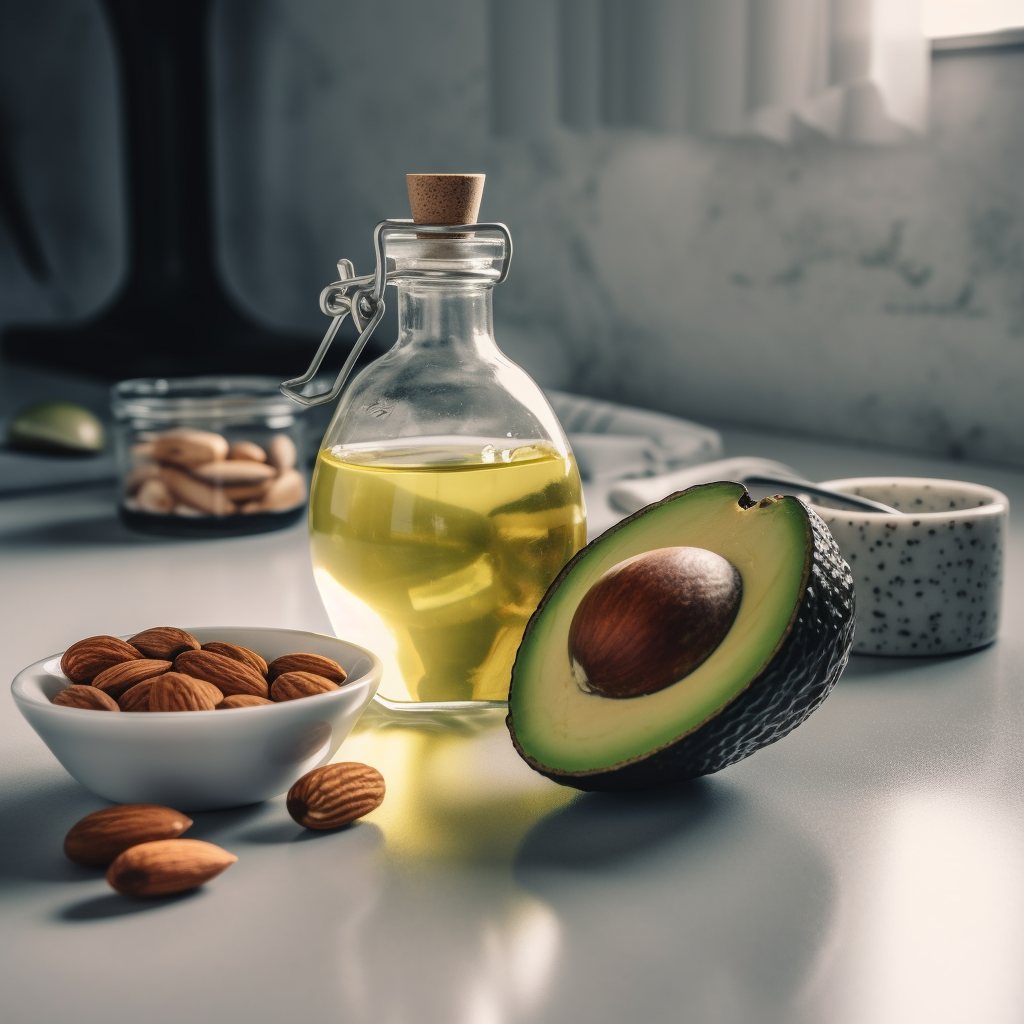
What You Need To Make Cooking Oil At Home
Making homemade cooking oil requires some essential tools and ingredients. From selecting the right seeds to using the correct equipment, preparation is crucial. Here are the things you need:
Oil Press: Choose between a manual or electric oil press based on your budget and quantity needs. This device extracts oil from seeds and nuts through pressing.
Strainer or Cheesecloth: This is used to filter out residues from the extracted oil, ensuring purity and clarity.
Storage Containers: Dark glass containers with tight seals are best to maintain the oil’s quality, protecting it from sunlight and contaminants.
How To Make Cooking Oil at Home
Now let’s dive into making your homemade cooking oil by gathering ingredients, choosing the method, and preparing to filter and store the cooking oil.
1. Gather Ingredients and Equipment
Before making your cooking oils, gather the ingredients, a press, a filter, and a container for storing the oil.
2. Prepare the Ingredients
Before you begin, carefully wash and dry all your ingredients. Try roasting or toasting them for a few minutes for added flavor and aroma. Also, make sure to dry them well before extraction.
3. Extract Oil using Cold-Pressing Method
To extract oil using the cold-pressing method, you will need to crush or grind the ingredients into a paste and then place the paste in a press. Apply pressure to the paste to extract the oil, and collect them in a container.
4. Extract Oil using Hot-Pressing Method
To extract oil using the hot-pressing method, you will need to heat the ingredients by roasting them before adding them to a press and then apply pressure to extract the oil.
5. Filter the Oil
After extracting the oil, you can filter your oil by straining it through a coffee filter to remove any remaining particles.
6. Store the Oil Properly
Store your homemade cooking oils in a cool and dark place, away from sunlight and heat. You can also add a natural preservative such as vitamin E to extend the shelf life of the oil.
How To Make Cooking Oil From Coconut
To make cooking oil from coconut, you will need fresh coconut meat, a blender, and a cheesecloth or press.

- Remove the outer shell of the coconut and cut the meat into small pieces.
- Blend the coconut meat in a blender with a small amount of water to create a paste.
- Place the paste in a cheesecloth or press and squeeze out the oil.
- Allow the oil to settle for a few hours, then carefully pour off the top layer of clear oil into a separate container.
- Store the oil in a cool, dry place away from direct sunlight.
How To Make Cooking Oil From Sunflower Seeds
To make cooking oil from sunflower seeds, you will need a bag of sunflower seeds, a blender, and a cheesecloth or press. Sunflower seeds release a light oil perfect for a myriad of dishes.

- Roast the sunflower seeds in the oven at 350°F for about 15 minutes or until golden brown.
- Allow the seeds to cool and then blend them in a blender until you have a fine powder.
- Add a small amount of warm water to the powder to create a paste.
- Place the paste in a cheesecloth or press and squeeze out the oil.
- Allow the oil to settle for a few hours, then carefully pour off the top layer of clear oil into a separate container.

How To Make Cooking Oil From Olives
To extract olive oil, you will need fresh olives, a mechanical press or food processor, and a cheesecloth. Olives are one of the most sought-after oils, it is delicious and packed with health benefits.
- Wash and remove the stems from the olives.
- If using a mechanical press, crush the olives into a paste. If using a food processor, chop the olives into a fine paste.
- Place the olive paste in cheesecloth and squeeze out the oil.
- Allow the oil to settle for a few hours, then carefully pour off the top layer of clear oil into a separate container.
- Store in a dark container.

You may choose green or black olives, but remember that green olives have a slightly bitter taste and yield less. On the other hand, black olives have a milder taste and produce a higher yield.
How To Make Seed Oils and Nut Oils
With the right methods, you can draw out seed and nut oils to get its unique flavor. Here’s how to do it:
- You can use a variety of nuts and seeds to make oil, such as sunflower seeds, pumpkin seeds, almonds, walnuts, etc. Choose your preferred type of nut or seed and gather them in a bowl.
- Spread them evenly on a baking tray and roast them in the oven at 350°F for about 10-15 minutes or until they turn golden brown. Roasting will help to release the oils from the nuts or seeds.
- Allow them to cool down completely before transferring them to a blender or food processor.
- Grind the nuts or seeds in a blender or food processor until they form a fine powder. Be careful not to over-blend as this can cause the mixture to become sticky.
- Add a small amount of neutral-flavored oil, such as grapeseed oil or sunflower oil, to the ground nuts or seeds. This will help to make the mixture smoother and easier to extract oil from.
- Use a cheesecloth or a fine mesh strainer to extract the oil from the nut or seed mixture. Squeeze the mixture well to ensure that all of the oil is extracted.
- Pour it into a sterilized glass jar with a lid. Store it in a cool, dark place and use it within a few weeks.

How to Make Your Own Avocado Oil
Avocado is a rich oil ideal for both culinary and cosmetic uses. When extracted, this oil carries the avocado’s health benefits in a concentrated form. Heres how to extract it:
1. Start by gathering ripe avocados. The number you need depends on how much oil you want, but 5-10 is a good starting point for a decent yield.
2. Wash the avocados thoroughly, halve them, and remove the pits. Scoop out the flesh and place it in a bowl.
3. Mash the avocado flesh using a fork or potato masher until you get a smooth paste. This will increase the oil yield.
4. Transfer the mashed avocado into an ovenproof dish. Preheat your oven to its lowest setting (around 150°F or 65°C) and allow the avocado to heat slowly for about 5-6 hours. This helps the oil seep out.
5. After heating, remove the dish from the oven and let it cool. Place a strainer over a jar and line it with cheesecloth. Pour the heated avocado mixture into the strainer, allowing the oil to drip into the jar. Squeeze the cheesecloth to extract more oil.
6. Seal the jar tightly and store it in a cool, dark place. It’s best to use the oil within a few days for freshness.
Remember, the resulting oil will have a strong avocado flavor, perfect for salads or dishes where the avocado taste is desired. For clearer oil, more refinement and filtration would be necessary. Always use ripe, high-quality avocados for the best results.

How To Make Vegetable Oil From Palm Oil
Learn the step-by-step process of converting palm oil into versatile vegetable oil. Palm oil, though controversial, remains a staple in many kitchens. By creating it at home, you can ensure a more sustainable and ethical approach to its production.
Here’s a simple method on how make it:
1. Harvest and prepare the palm fruits. They will have a reddish-orange hue.
2. Place the fruits in a pot, cover them with water, and boil for 30-60 minutes until they become soft and the skin starts to come off.
3. Once cooled, mash the fruits manually to separate the pulp from the kernels and the outer husk. Traditional methods involve pounding the fruits in large wooden mortars. You can also use a hand press or any device that can apply pressure.
4. Add a little warm water to the mashed pulp and mix. The oil will begin to surface. You can then start scooping it out or pour the mixture through a sieve or cloth to separate the oil.
5. Place the collected oil in a pot and boil for about 10-15 minutes. This will help to separate any remaining water and contaminants from the oil. Once boiled, allow it to cool, and you will notice the oil will come to the surface while impurities settle at the bottom.
6. Skim off the pure oil from the top, ensuring not to collect the settled impurities. Transfer the oil to a clean, dry container and store it in a cool, dry place.
Keep in mind that this is a basic and traditional method. Large-scale production and refining processes are more complex and require more equipment.
If sourcing palm fruits, ensure they come from sustainable and responsible sources to mitigate environmental and ethical concerns.
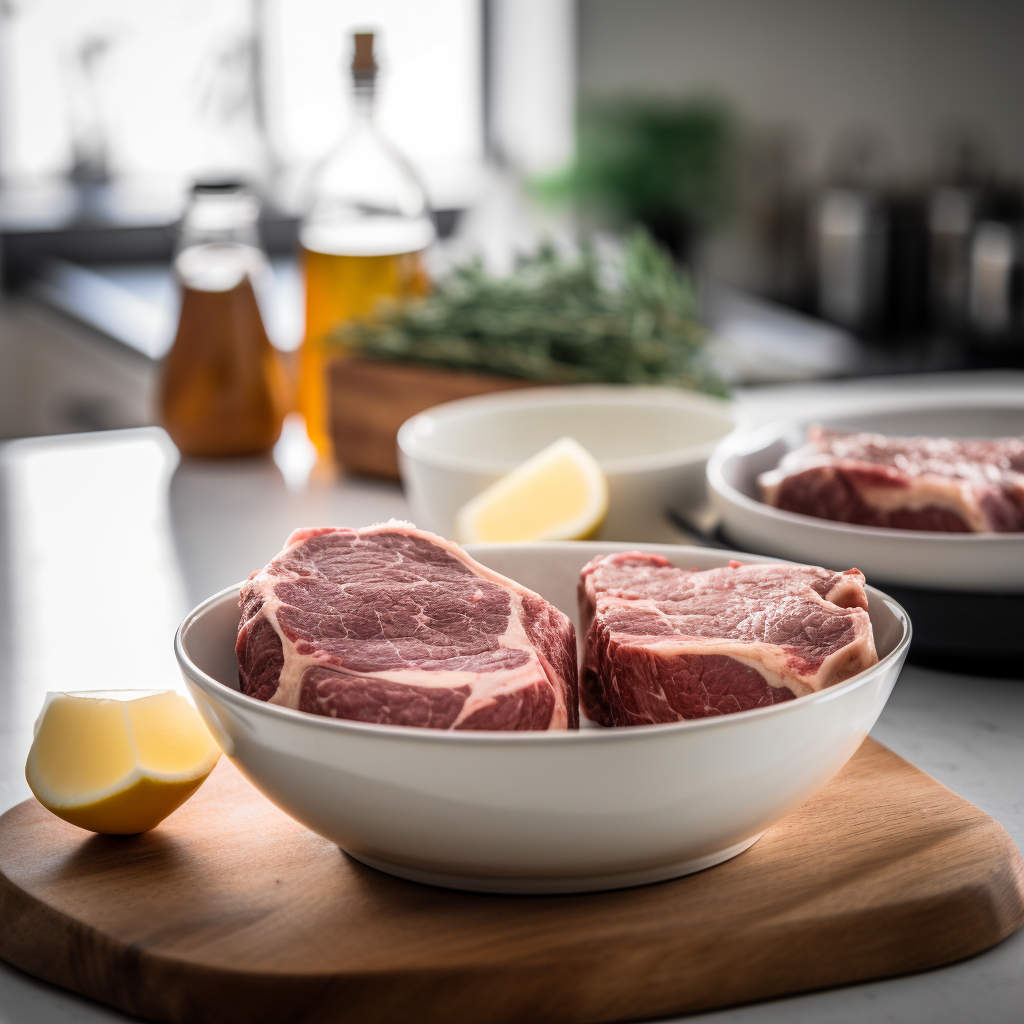
How To Make Cooking Oil From Animal Fat
Turning to traditional methods, animal fats like lard and tallow can be transformed into cooking oils. These fats, when rendered, offer rich flavors reminiscent of age-old culinary traditions. Here’s a simple guide on how to render animal fat into oil:
1. Start by trimming any meat residues from the fat. This is important because meat can cause the fat to spoil or impart undesired flavors to the oil.
2. Cut the fat into small pieces, or even better, grind it. The smaller the pieces, the quicker and more efficiently the fat will render.
3. Melt the fat. Here are two ways on how to do it:
- Using a pot: Place the chopped fat into a large pot. Heat on the lowest setting. This process needs to be slow to ensure that the fat doesn’t burn. Stir occasionally.
- Using a slow cooker: If you have a slow cooker, it’s ideal for this purpose. Place the chopped fat in the cooker, set it on low, and let it melt slowly for several hours.
4. Allow the fat to simmer gently. As it renders, you’ll notice clear oil separating from the solid bits. This process can take several hours. Ensure that it doesn’t reach a boiling point to avoid burning the fat.
5. Once the fat is fully rendered (you’ll be left with clear oil and crispy solid bits known as “cracklings”), carefully strain the oil through a sieve or cheesecloth into your chosen container or jar, leaving the solids behind.
6. Allow the oil to cool down. Once cooled, it will solidify somewhat, especially if made from pork or beef fat. Store it in a cool, dry place or refrigerate. It can last for a long time if stored correctly.
Note:
- Beef fat, when rendered, is often referred to as “tallow.”
- Pork fat, when rendered, is called “lard.”
- Chicken fat is sometimes called “schmaltz,” especially in Jewish cuisine.
Remember to source your animal fats from trustworthy sources, preferably from pasture-raised animals, to ensure the best quality and flavor.
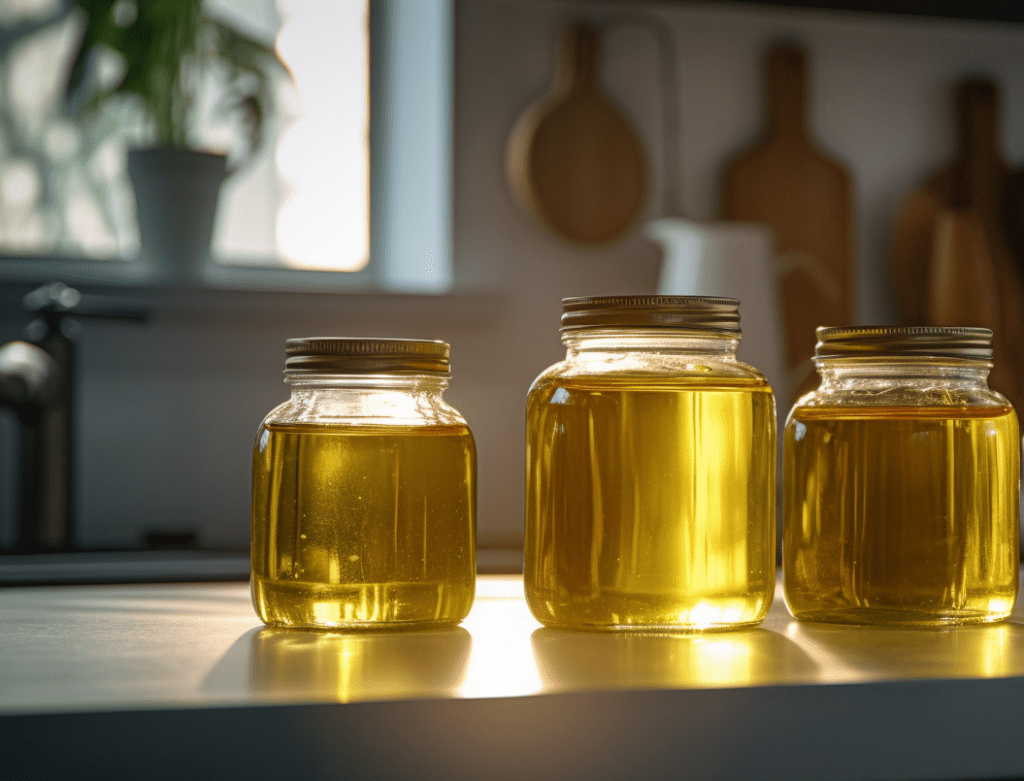
How to Refine Cooking Oil at Home
By understanding simple refining techniques, you can enhance the quality of your homemade oils, ensuring they remain fresh for longer. Refining oil can also elevate its purity.
- Pour the oil through a coffee filter or a cheesecloth to remove any impurities or debris.
- Add a small amount of citric acid to the oil and mix it thoroughly to neutralize it. Let the mixture sit for a few hours until the acid has neutralized any remaining free fatty acids.
- Carefully pour the oil into a clean container, leaving any sediment or impurities behind.
- Mix the oil with a small amount of activated charcoal or clay and heat it to about 120°C (248°F) for 20-30 minutes. This process will remove any remaining impurities and lighten the color of the oil.
- Heat the oil to about 220°C (428°F) for 30 minutes to remove any remaining odor or flavor.
- Allow the oil to cool and then filter it through a clean cheesecloth or coffee filter to remove any remaining impurities.
- Transfer it to a clean, airtight container and store it in a cool, dark place.
Be cautious when heating oil as it can be dangerous. Always use appropriate safety measures and equipment.
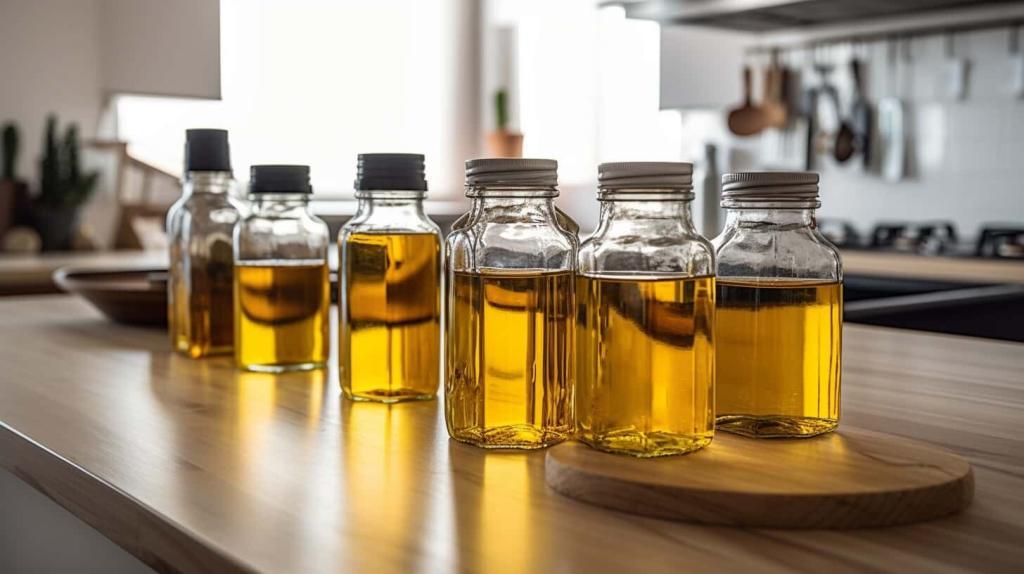
Tips and Tricks for Making Cooking Oils from Scratch
From choosing the right ingredients to mastering the extraction process, these tips and tricks will elevate your culinary game to the next level.
- Choose high-quality seeds, nuts, or fruits. Experiment with different ingredients to create unique flavors and aromas.
- Try roasting or toasting the seeds or nuts to bring out their flavor.
- Use high-quality ingredients for the best results.
- Use a cold-press method to extract the oil, as it preserves the nutrients and flavor.
- Use a filter to remove any unwanted particles or debris and a clean, dry container to prevent contamination.
- Store the oil in a dark, cool place to keep it fresh.
H/T to @SSLFamilyDad for their video: Making Cooking Oil at Home
Reusing and Repurposing Your Cooking Oil
By understanding how to properly store and reuse your oils, you not only save resources but also maintain the integrity of your oil.
If you’ve ever thought about reusing that homemade cooking oil, here’s a quick tip: once it’s cooled, just strain out the food bits using something like a fine-mesh strainer or even a cheesecloth.
But remember, try not to reuse it more than 2-3 times. If it starts smoking quickly or smells off, it’s time to let it go. And if you want to give it a little aroma boost, throw in some ginger or dry curry leaves. Though, when in doubt, start fresh for your next dish.
FAQs on How to Make Cooking Oils from Scratch
Do I need any special equipment to make cooking oil from scratch?
You will need an oil press or oil expeller to extract the oil from the seeds or nuts. You can buy these online or from specialty kitchen stores.
Can I store homemade cooking oil for a long time?
Yes, homemade cooking oil can be stored in a cool, dark place for several months. Always use a clean and dry container with an airtight seal to prevent spoilage.
Is homemade cooking oil healthier than store-bought options?
Homemade oils can be a healthier option because you control the ingredients and the extraction process. However, remember that all oils are energy-dense, so moderately incorporate them into a balanced diet.

Can I use homemade cooking oil for high-heat cooking?
It depends on the type of oil you make. Some oils, such as coconut oil, are better suited for high-heat cooking, while others, such as flaxseed oil, are best used in salad dressings or for drizzling over foods.
Be sure to research the smoke point of your chosen oil before using it for cooking.
How do I know when the oil is ready to be extracted?
The oil will start to separate from the paste or seeds during the pressing process.
Can I use a blender to make the paste for cold-pressing?
Yes, you can use a blender to make the paste for cold-pressing, but be careful not to over-blend, as it can affect the quality of the oil.
Key Takeaways of How To Make Cooking Oils At Home
Making your own cooking oil at home is rewarding, allowing you to explore the rich flavors of ingredients like sunflower, coconut, avocado, and various seeds and nuts.
By understanding the nuances of cold and hot pressing methods, you can tailor the extraction process to achieve the desired taste and nutrient profile. Each type of oil brings its unique essence to your culinary creations.
Empowering yourself with this knowledge not only enriches your cooking experience but also ensures a healthier and more authentic touch to your dishes.
The process can be a bit time-consuming, but the result is worth it, especially if you’re in a pinch. Learning how to make cooking oil at home can give you greater control over your food supply and ensure that you have the resources you need to thrive in any situation.

